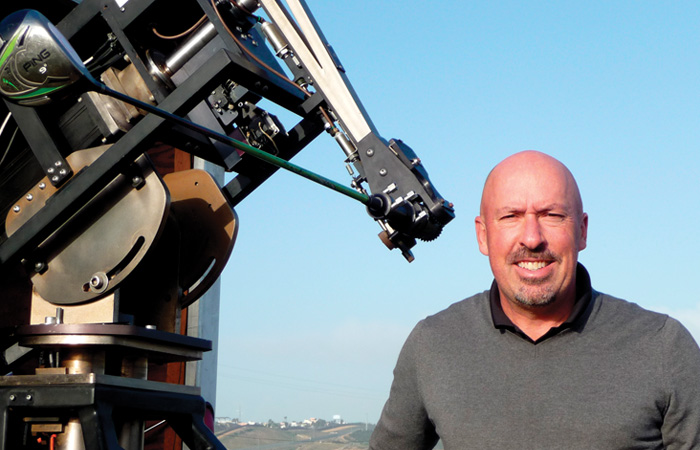The U.S. golf industry is said to be worth $84 billion, while the gym, health and fitness industry’s 2020 revenue was found to be over $32 billion. At the intersection of the two lies the ever-growing-in-popularity golf-specific fitness industry. While the market share for that industry is unknown, it can be presumed that it too, has a sizeable market share. Especially because golfers are more obsessed than ever with the idea of hitting the golf ball as far as possible.
If one looks at scientifically proven exercise principles that can help the general population gain physiologic, physical, and performance benefits, it is said that focus should first be on stabilization, then strength, and finally, power. That information is from the National Academy of Sports Medicine’s (NASM) personal trainer textbook. Would the same principles be good for golf performance improvement and injury risk reduction too? Who better to ask than Dr. Joe LaCaze, a US Navy Seal and Master Training Professional who has many, many fitness training credentials besides being a Doctor of Chiropractic.
Dr. LaCaze says his order of preference for improvement in golf performance and reduction in injury is technique, speed, stability, strength and finally mobility. Why? In his words, “If technique of the golf swing does not provide an efficient and consistent ball strike, the golfer will never get better, no matter what other training they do, how much range of motion they have or how strong and fast they are.” He ranks speed training as the second most important training modality because, “I have been around golf for many years and have played with many great players. I also played four years of college golf. No matter the shape of the person or how strong they were, the best golfers possess speed, some who seem to have no muscle mass at all.”
Finally there is some requirement for stability, strength and mobility. If a golfer has adequate speed without the stability, he or she could be injured. Strength is a double-edged sword because, “I know so many good golfers who have had negative effects from strength training. Muscle mass adds one factor to the speed equation – mass. Unless the extra muscle mass is trained to be as fast or faster than the golf swing, it will not be effective in creating extra speed. If done under close, proper supervision by a qualified expert, extra muscle mass can help to protect the body. However, finding that expert is nearly an impossible task for most golfers.” Mobility is last in the progression because LaCaze has seen many golfers who do not have much mobility but still play excellent golf.
So, what exercises should a golfer do to stay golf- (and life-) fit? LaCaze learned from his decades of teaching stability and mobility that such exercises were inefficient, took too much time, and did very little permanent good. That was why he developed two ‘mechanical rotational resistance devices’ that, amongst other benefits, create simultaneous stability and mobility, thus moving strength down to the very bottom of the list of fitness requirements for golf.
The many exercises developed by Dr LaCaze while using his RotexMotion equipment, serve to torque tissue against resistance in all the planes of motion – frontal, sagittal and transverse. As a result, the muscles that work in the opposite manner to those that cause tightness are activated, allowing the tight muscles to release. This is true for all the muscles of the body.

While the many exercises prescribed using LaCaze’s two ‘gadgets’ certainly address injury risk, how do they aid performance? The isometric holds of the exercises serve to activate the speed-creating muscle fibres. When the isometric element is combined with a full range of motion and stability, the golfer’s body is enabled for maximal speed potential. The exercises also create some strength as they force all muscles to synergize for each movement.
And the best part of it all? While his equipment is sport-agnostic, Dr. LaCaze can recommend a series of specific exercises from his large library of them for any specific sport as well as for any swing style within a sport. The exercises need only be performed for three minutes in the morning, and three in the evening, to balance all injury-prone tissue including joints, muscles, and fascial tissue.
While the pros might spend hours a day exercising in what is often a “throw it all at the wall and see what sticks” exercise formula, how wonderful to find something that requires not much more time per day than brushing one’s teeth for us average golfers.